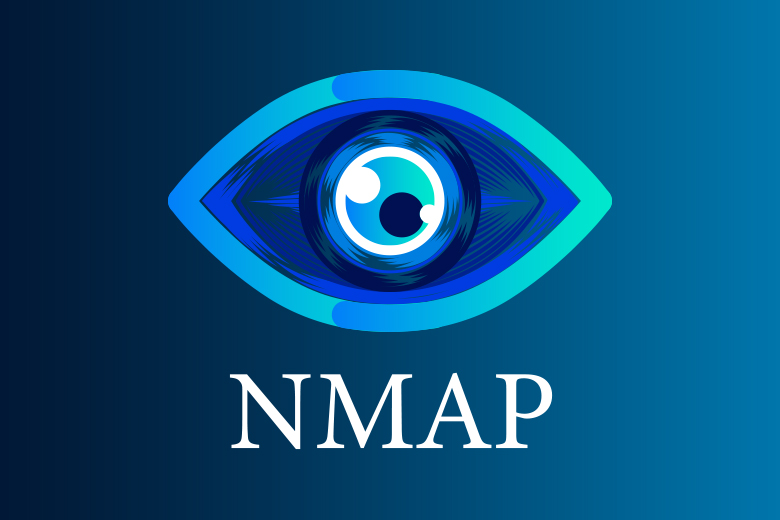10 June 2024
SafeAeon Inc.There are more moving parts in business today than ever before. The rules are always changing, data breaches are everywhere, and cyber risks are everywhere. Because of how complicated things are, more and more businesses are using compliance and risk management (CRM) as a guide.
A recent PwC study says that an amazing 73% of executives think that good CRM practices are essential to their company's success. It's not a surprise. With the help of a strong CRM program, businesses can stay on the right side of the law, avoid losses, and build trust with partners. It's the difference between making it through the storm and being washed away by the tide.
But it's not easy to get good at CRM. To do this, you need to find potential problems (like "avoiding banana peels") before they become issues, put in place good controls to keep processes safe and encourage everyone in the organization to be aware of risks. For businesses to "hit the ground running" with a full CRM plan, they will need to be ready to take advantage of opportunities and deal with problems.
This piece will give you a deep look into the most important strategies for managing compliance and risk. We'll talk about how to find and evaluate risks, put them in order of how bad they could be, and put rules in place to lessen their effects. We'll also talk about how important it is to encourage open communication, create a culture that is aware of risk, and keep an eye on and change your CRM program to stay ahead of the curve. Compliance and risk management can be turned from a burden to a strategic advantage for businesses by following these key concepts.
What Does Compliance Risk Management Mean?
Compliance risk management involves recognizing and evaluating the risks associated with not following the rules. The goal is to lower legal penalties, material losses, and financial effects. For compliance risk management to work, it needs to:
- Figuring out which rules apply and evaluating the risks that come with not following them.
- Giving people the right jobs and duties to handle different compliance risks.
- Putting in place risk-based rules to keep things always ready.
- Setting up a way to keep an eye on things to make sure they keep getting better.
Compliance Risk Management Process
By using a compliance risk management strategy, you can make sure that you are managing compliance well and staying away from possible liabilities. These are the most important steps for managing risk and following the rules:
Know where you stand right now
Look at the most important tools and processes to check how developed your compliance architecture is. Learn about the rules, laws, and operational difficulties that affect your business.
Evaluate risks
Do both qualitative and quantitative risk reviews to figure out what kinds of compliance risks your business is facing. With this method, you can arrange regulatory tasks in order of importance. A risk grid can help you figure out how likely, bad, and impactful each type of risk is.
Check for and rank gaps
Finding gaps is important for determining where internal rules don't meet industry standards or legal requirements. Check your current controls, processes, and practices against what is required by law to find places where you are not following the rules. Sort these risks by how bad they are and make a plan to fix these problems in order of importance.
Make rules and instructions public
Make a practical plan to deal with the risks found during the risk assessment. Create new rules and instructions or change old ones to ensure everyone follows them. Hold security training programs to ensure workers and other important people know about the changes to policies and procedures.
Put in place the necessary controls
Give each stakeholder a job and responsibilities, along with due dates for completing compliance tasks. Set up internal controls like employee training, access management, monitoring systems, and internal audits to ensure readiness.
Report on Follow-Up
Use tools for constant monitoring to create reports that show progress. These reports can help leaders determine whether compliance goals are being met and whether risks are being kept to a minimum. Reports should include suggestions for how to make things better so that the process keeps getting better.
Use tools like Sprinto's risk intelligence to manage business risks in a planned manner and ensure compliance with automated checks.
Best Practices for Compliance Risk Management
Following best practices in compliance risk management keeps operations running smoothly and long-term while lowering the chance of noncompliance consequences like losing money or your image. Here are five important rules of thumb to follow:
Use a strategy that works together
Compliance should be part of every job to ensure complete risk management. This method encourages better communication between departments, maximizes resource use, and improves the company's long-term growth.
Give your employees regular training
Hold training sessions regularly to make your workers more aware of changes to regulations and upcoming compliance issues. This will encourage employees to follow the rules, which will make them more responsible and engaged.
Make sure that senior management is involved
Senior managers who are involved set a strong tone for compliance from the top down. To stay continuously ready, it's important to monitor compliance progress and take action when things don't meet standards.
Adopt frameworks that are widely known
Accept widely used compliance standards like SOC 2 and ISO 27001 to reassure customers that their data is safe. To ensure compliance, it's just as important to understand and follow any other relevant frameworks in your business.
Make use of the right technology
To effectively handle regulatory risks, choose a compliance tool that fits the security needs of your business. Automation can speed up audit readiness, simplify processes, and make operations more efficient.
If you follow these best practices, your compliance risk management will be much better, and your operations will run more smoothly and last longer.
Difference between Compliance Risk Management and Risk Management
Focus
The main goal of compliance risk management is to find, assess, and handle the risks associated with not following laws, rules, and company policies. In particular, it targets risks related to following laws and rules. Risk management, on the other hand, looks for, evaluates, and reduces risks in a wider range of situations, including practical, financial, strategic, and other types of dangers.
The goals
Compliance risk management's goal is to make sure that a company follows all internal rules, laws, and regulations that apply to it. Its main goal is to lower the chances of breaking laws and rules and lessen the fines, damage to image, and other bad things that happen when that happens. Risk management, on the other hand, looks for and reduces risks that could stop an organization from reaching its goals and objectives, even if those risks have nothing to do with compliance.
Framework
Compliance risk management is often based on a framework that is unique to the company and its laws, rules, and industry standards. It means following certain compliance standards and reporting and monitoring frequently. On the other hand, risk management usually uses a bigger framework, like the COSO ERM (Committee of Sponsoring Organizations of the Treadway Commission – Enterprise Risk Management) framework, which looks at more types of risks and gives a structured way to find, evaluate, and reduce risks.
Risk Area
Compliance risk management tries to lower the risks that come with not following the rules. These risks include breaking the law, getting in trouble, paying fines, and having your image hurt. It talks about risks that are directly related to following rules, laws, and company policies. Risk management, on the other hand, looks at a lot more dangers, such as operating risks, financial risks, strategic risks, cyber threats, and more. It takes into account the possible outcomes that could harm the group's objectives, earnings, standing, and long-term survival.
Conclusion
To sum up, understanding compliance and risk management is important for the long-term success and survival of a company. The main strategies we talked about, like proactive risk assessment, strong compliance frameworks, and ongoing monitoring, are very important for navigating the complicated regulatory world and lowering the risks that might happen. Companies can improve their operations, gain the trust of stakeholders, and stay ahead of the competition in the market by using these tactics. Also, it's very important to make sure that workers are aware of risks and follow the rules. To do this, there should be regular training, clear communication of rules, and accountability at all levels of the company. In the end, businesses can protect their reputation, financial stability, and long-term success in a business climate that is becoming more dynamic. Connect with SafeAeon’s professionals for top-notch cybersecurity services.














